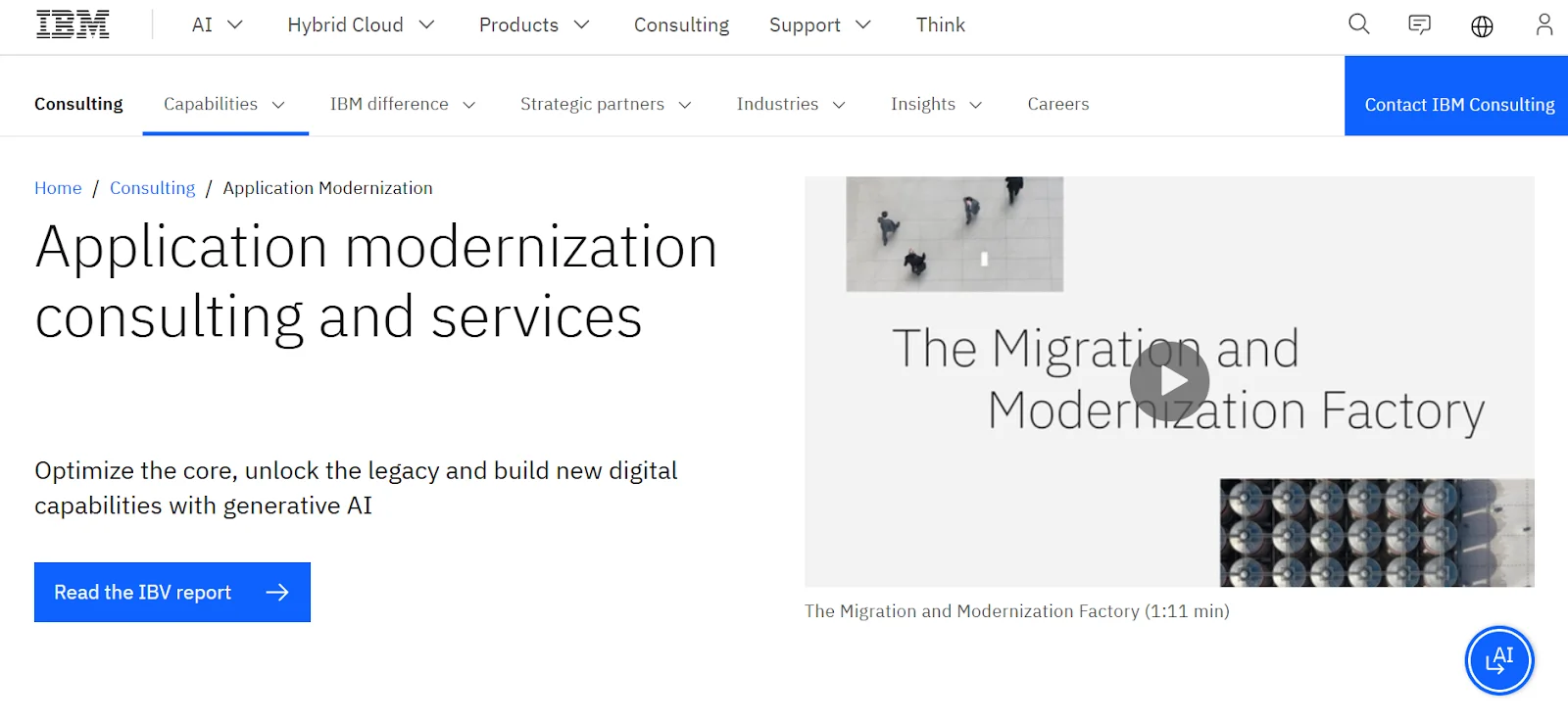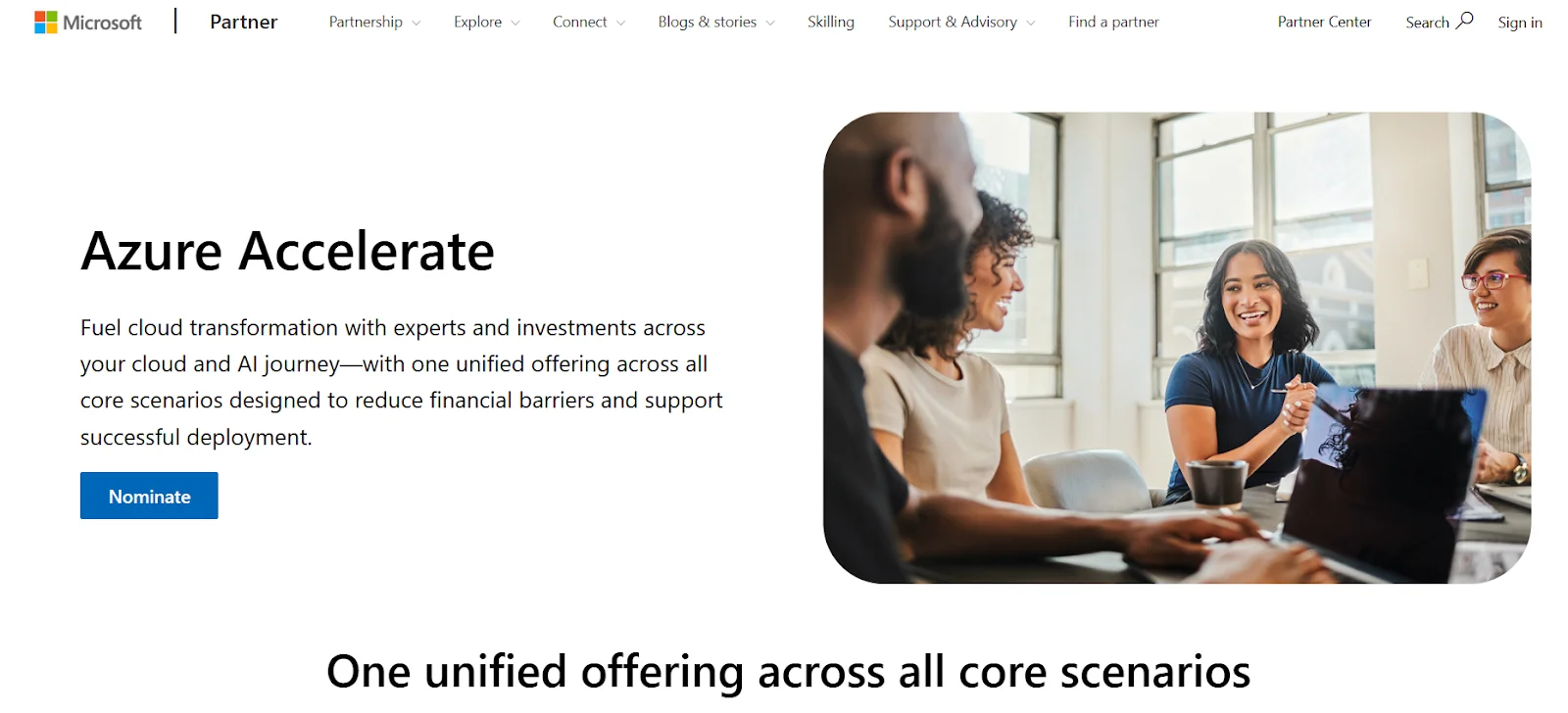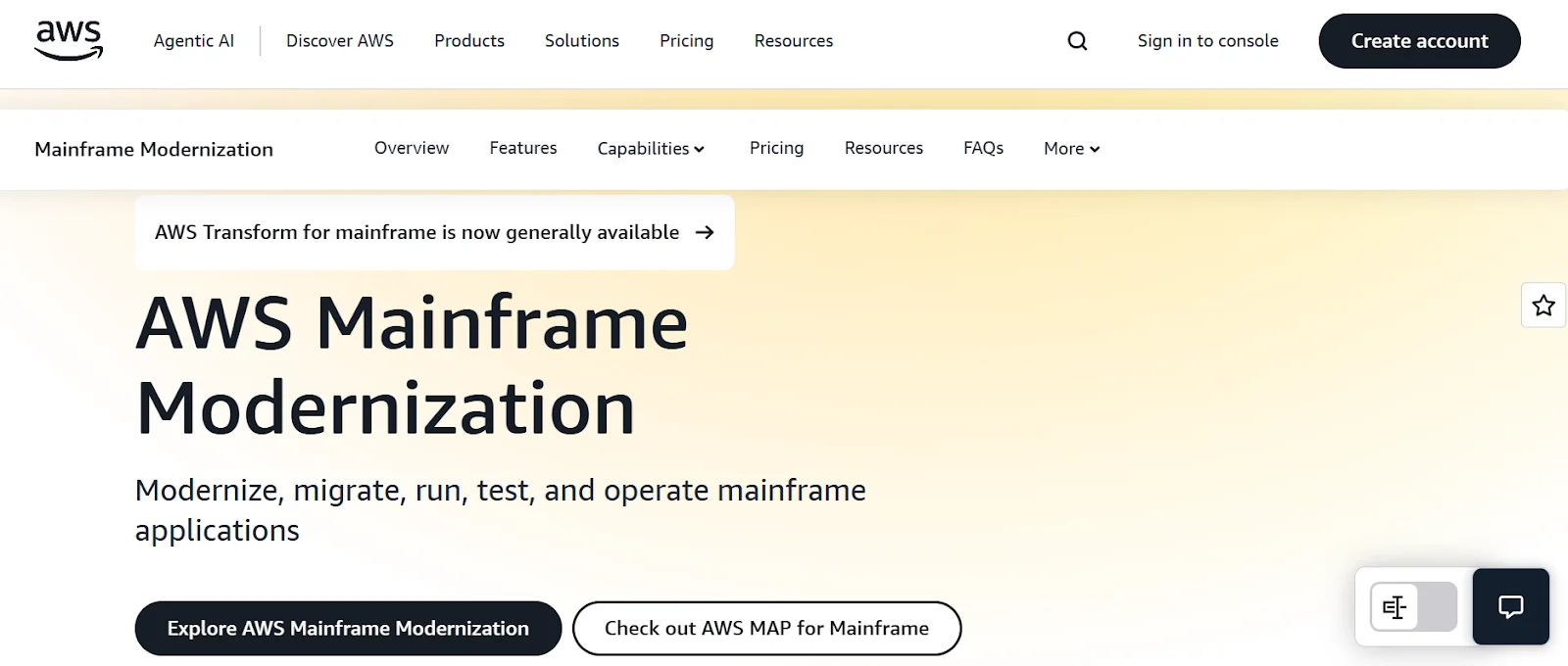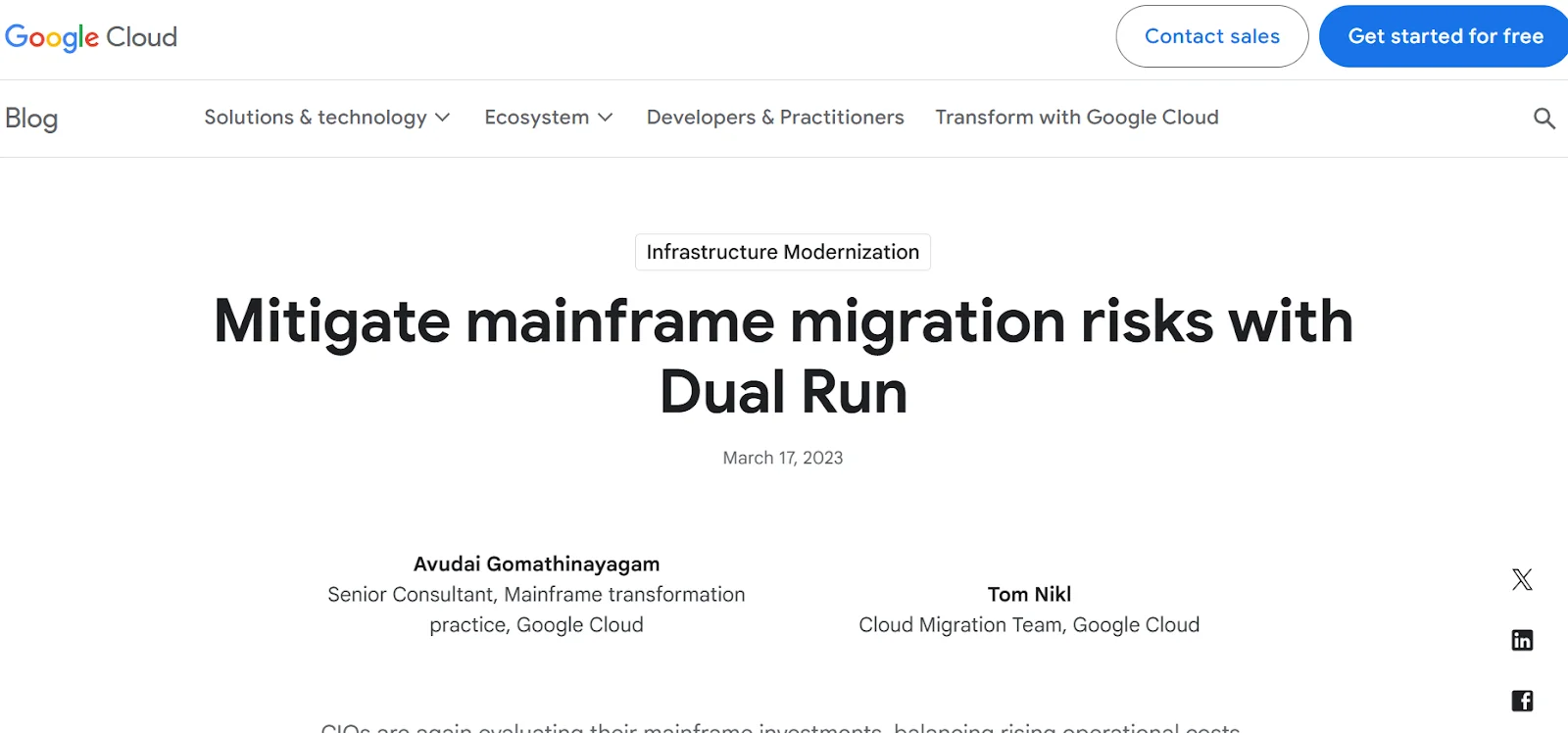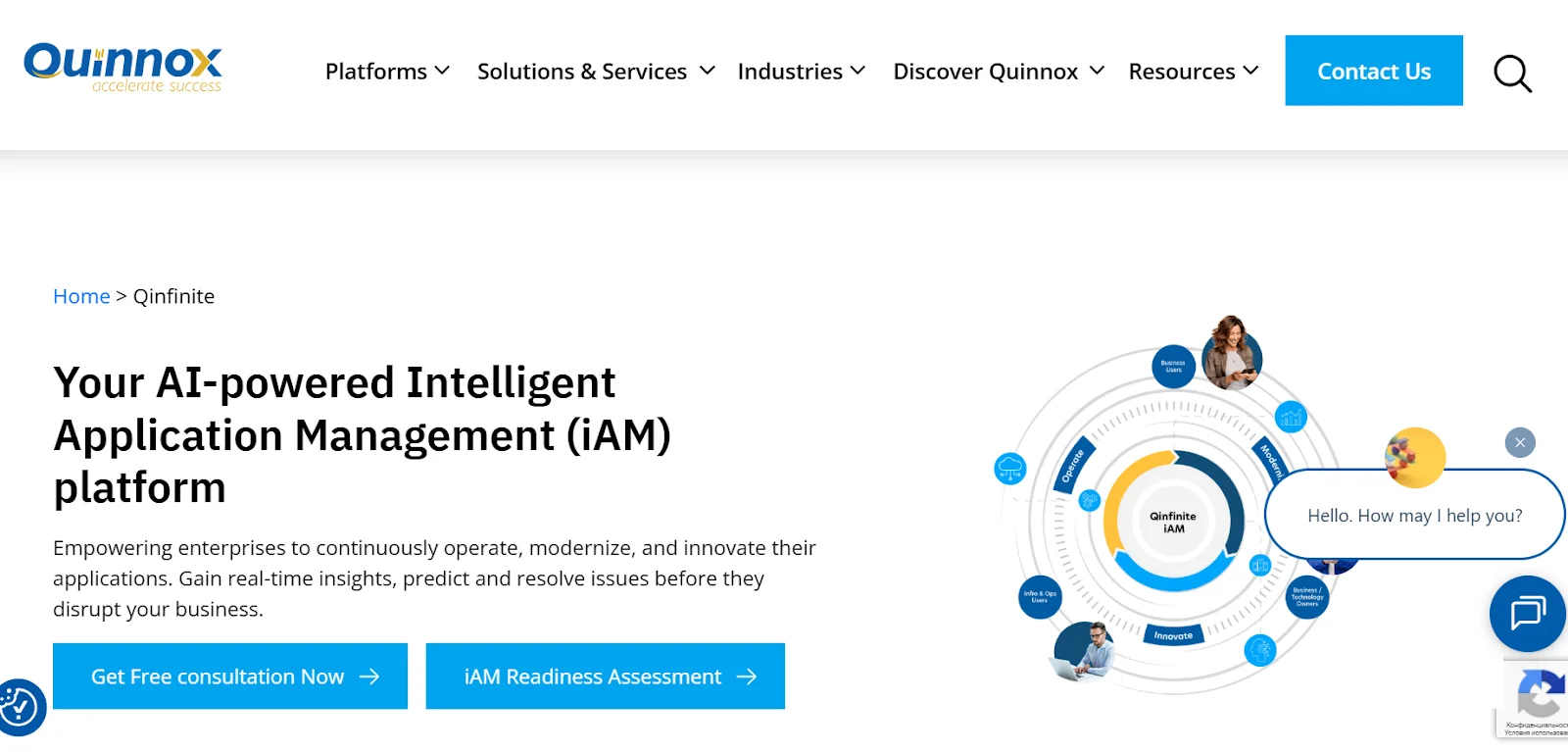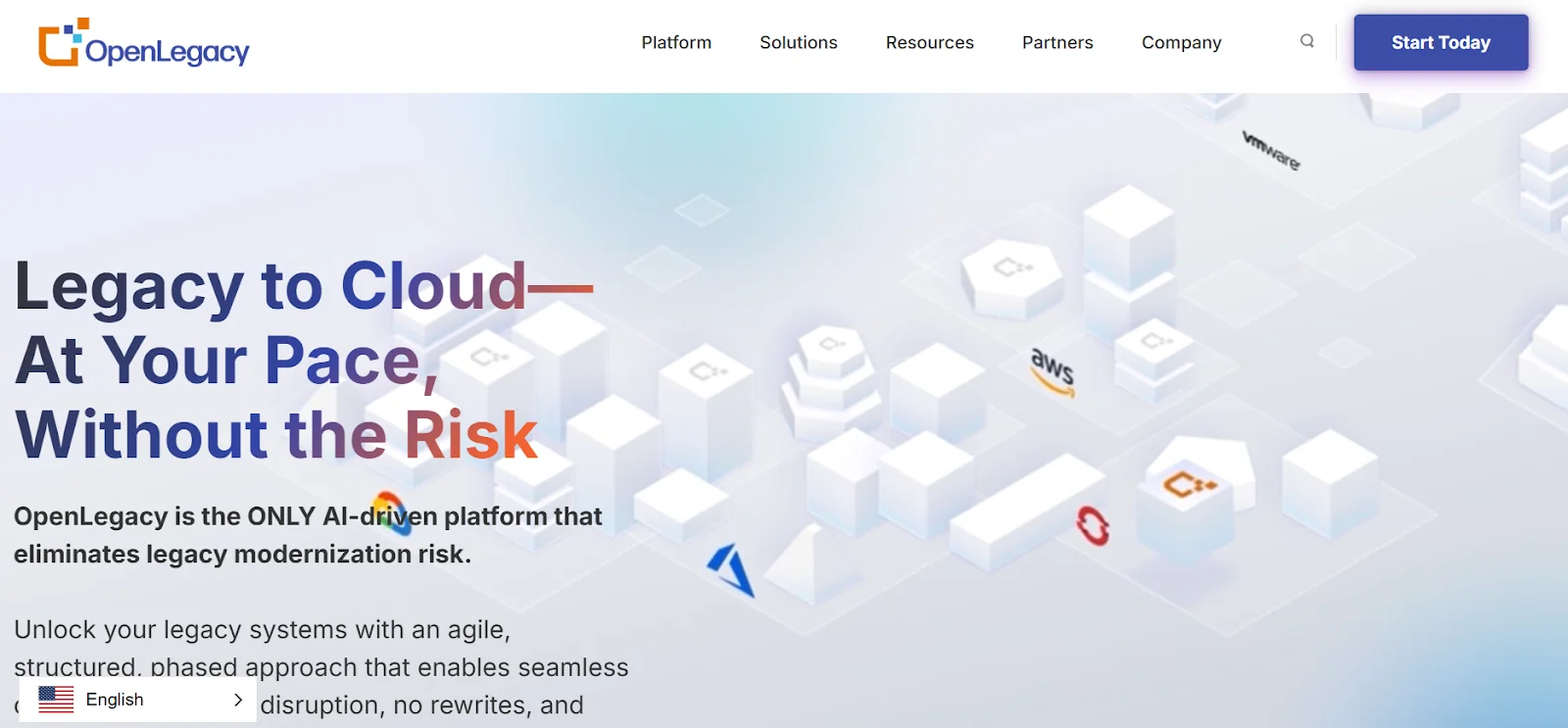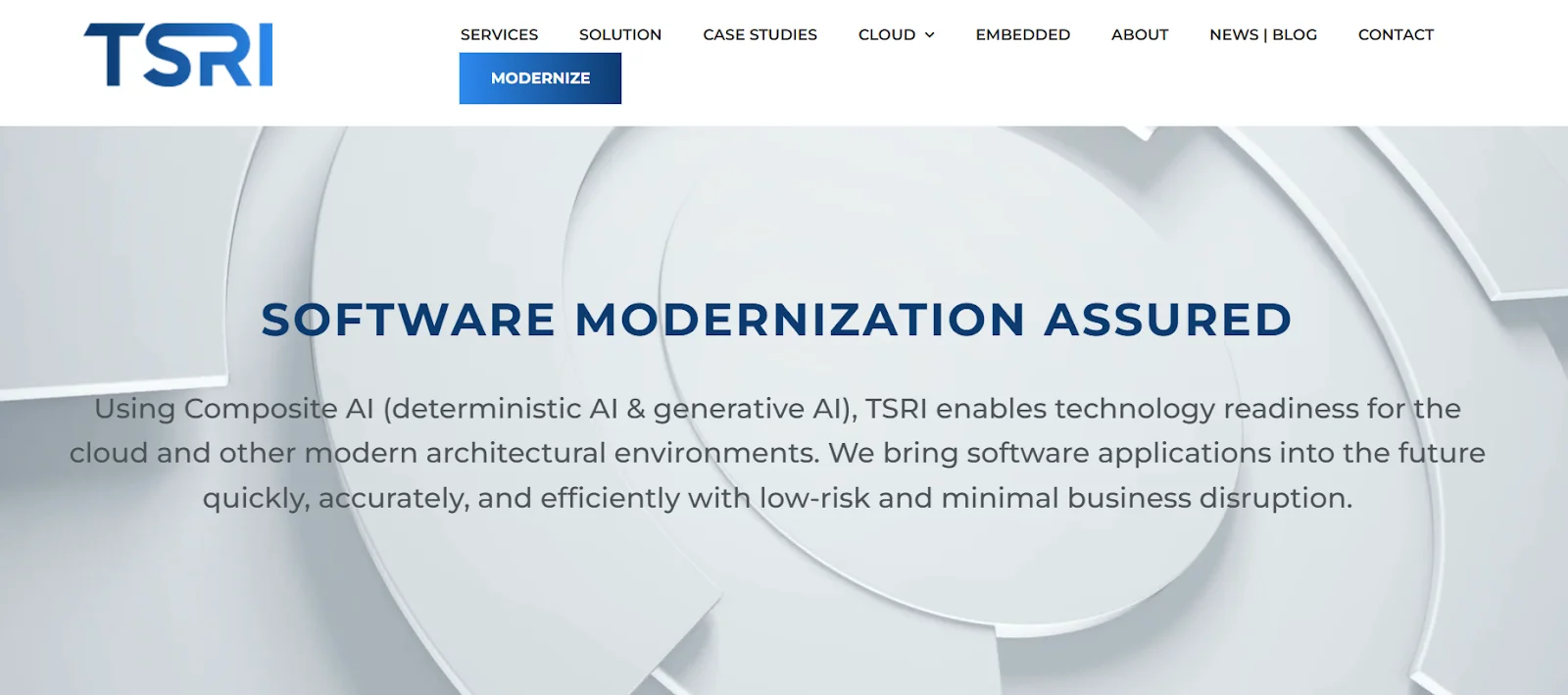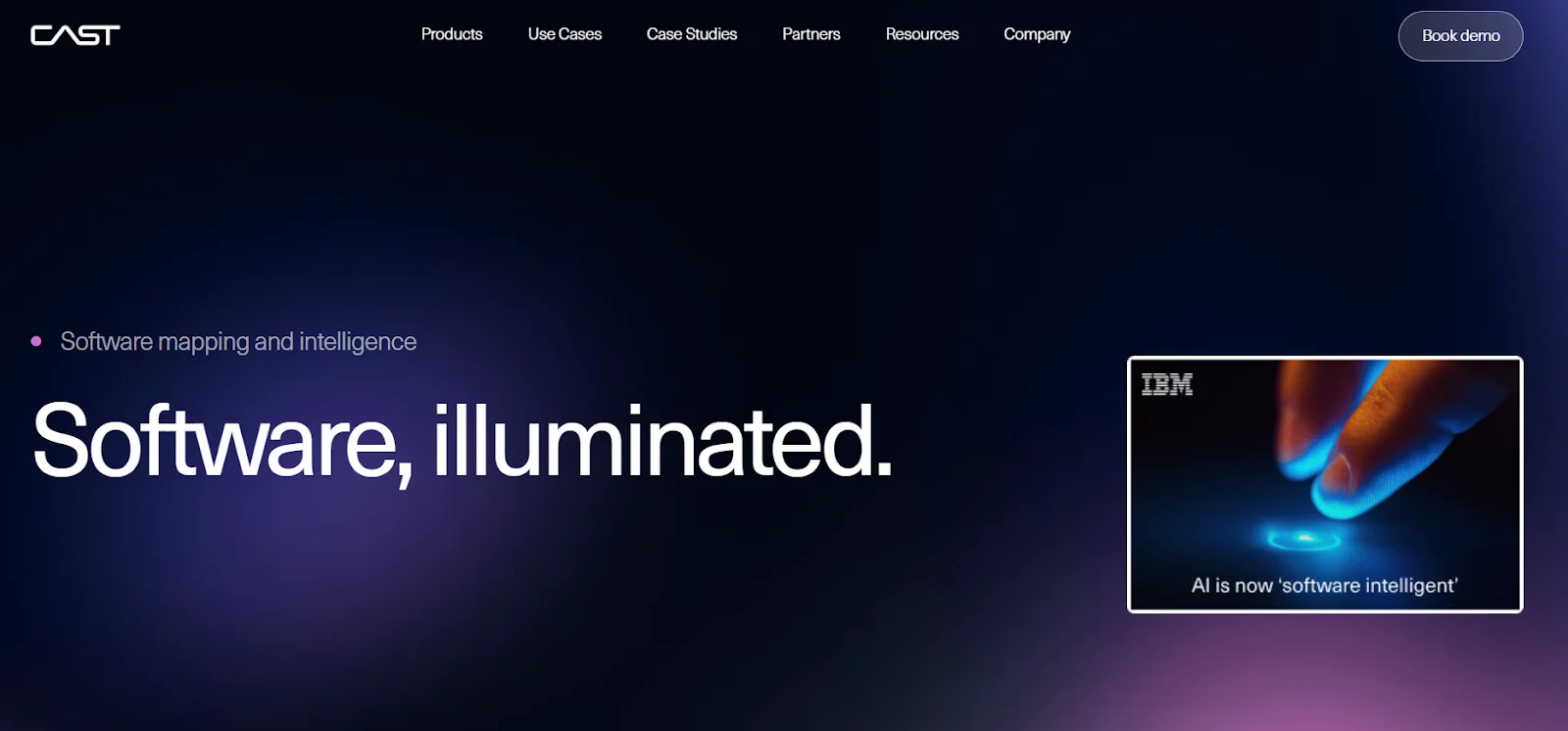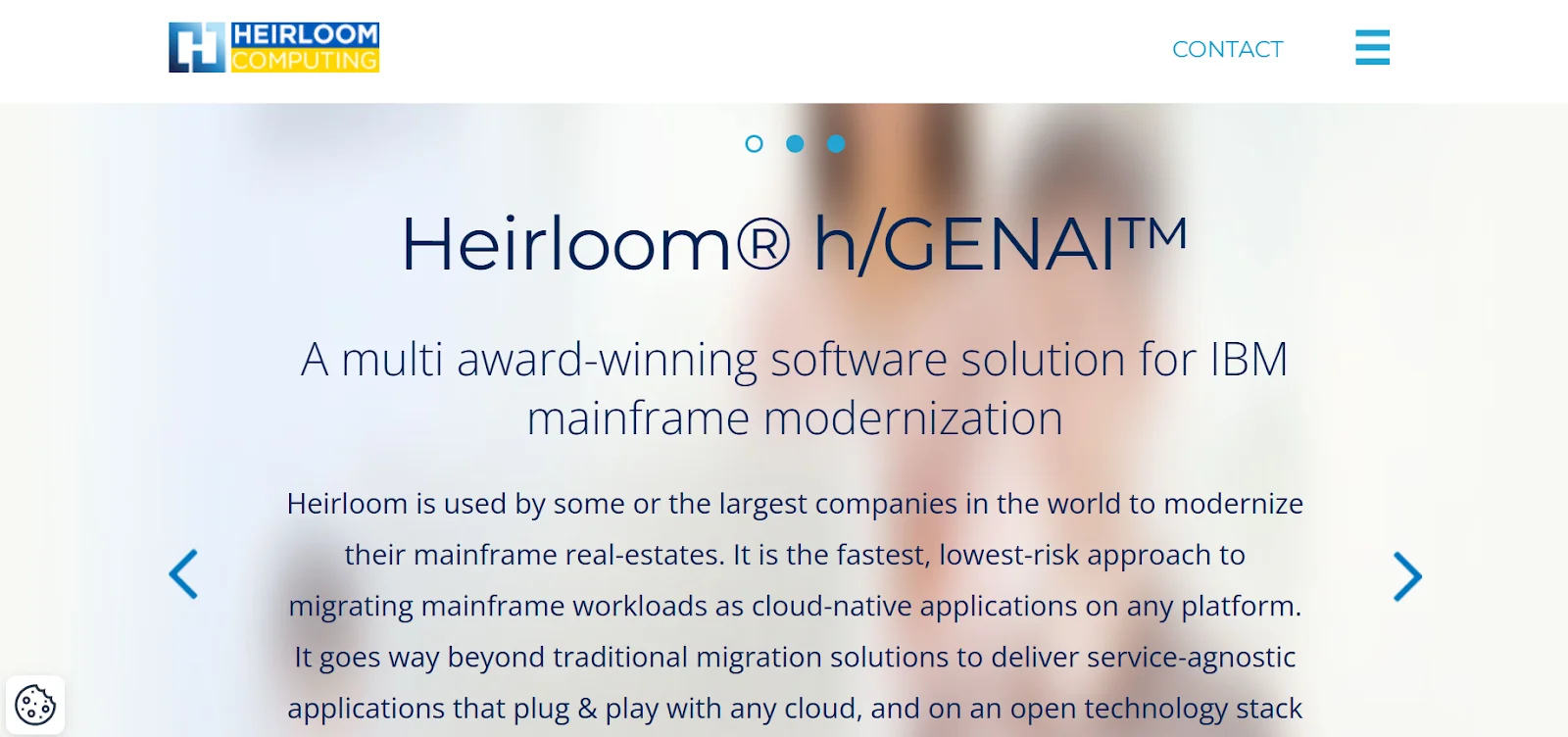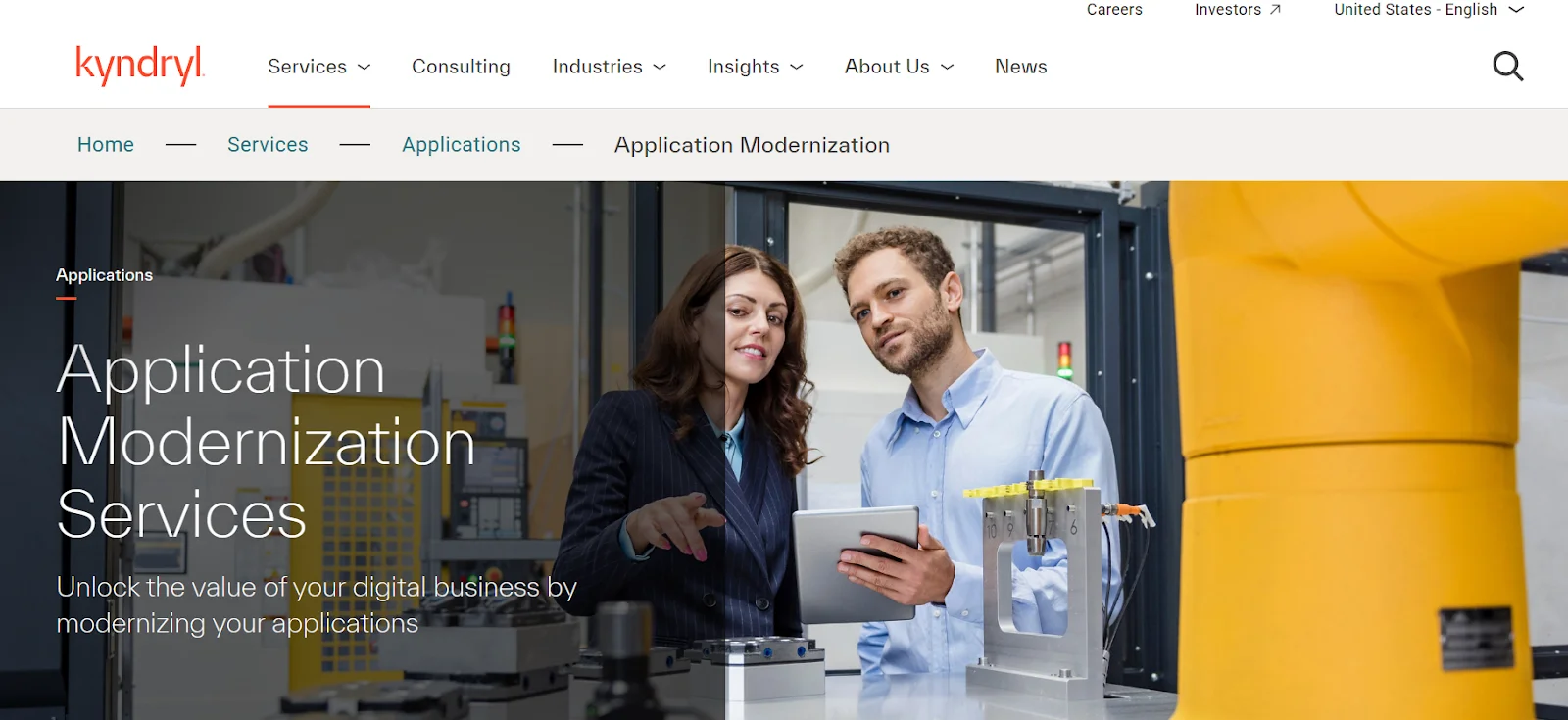Table of content
While digital transformation is a survival tactic in 2025, businesses seek new automation and acceleration tools to upgrade their legacy systems and outcompete. Legacy systems are impeding innovation, driving up costs, and preventing businesses from growing, regardless of the industry.
If you are tired of restrictions caused by monolithic architectures, inflexible codebases, and rigid infrastructure, this article is for you. We’ve found top legacy application modernization tools that will benefit your business at once. There is nothing to add; let’s start.
Why Do We Need Modernization Tools?
Legacy modernization tools serve as a link between the scalable, secure, and agile ecosystems of today and technology that dates back decades. The proper modernization software automates code analysis, refactoring, and testing for all cases of modernization, starting from moving ERP systems to the cloud, rehosting a mainframe, redesigning monolithic programs, or even adding intelligent automation.
Even if you’re not ready to modernize now, over time, this issue will come back. Check our latest material about legacy modernization assessment and proceed with finding the unmatched tools for your tech environment and goals.
Top 10+ Legacy Modernization Tools
We’ve found the best legacy modernization tools for 2025 concerning scalability potential, future-proofing perspectives, security and compliance preparedness, cloud-native architectural support, and AI-driven capabilities. Here’s what we can share.
1. IBM Application Modernization Platform
IBM’s platform is supported by decades of enterprise experience and works in both distributed and mainframe (z/OS) environments. It offers many app modernization tools and speeds up migration with DevOps pipelines and AI. We choose IBM for:
- Outstanding Skills,
- Red Hat OpenShift integration,
- AI-supported refactoring for Java and COBOL,
- Support for the deployment of microservices and containerization.
IBM’s platform is ideal for businesses using z/OS mainframes or hybrid environments that require modernization without disrupting mission-critical functions.
2. Microsoft Azure Accelerate (former Migrate and Modernize)
Microsoft Azure Accelerate delivers end-to-end application modernization tools. This suite is the preferred choice for businesses dedicated to the Azure environment with the following:
- You need a single platform for migration, evaluation, and discovery,
- Integrated natively with App Services and Power Platform, this platform is a match,
- It enables mapping dependencies in real time to reduce risk.
For businesses that have already invested in the Microsoft ecosystem, this platform offers the best option for end-to-end modernization. It also integrates tightly with Azure services, Power Platform, and Microsoft 365 for a cohesive cloud strategy.
3. AWS Mainframe Modernization
AWS integrates managed runtime environments with automatic refactoring, specifically designed for mainframe-to-cloud deployments:
- Code translation engines that convert COBOL to Java,
- Connectivity to CloudWatch and AWS CodePipeline,
- Runtime management for quicker deployments.
For businesses wishing to move COBOL or PL/I mainframe workloads to a cloud-native environment with the least amount of disruption, AWS Mainframe Modernization is perfect. This is especially true for banking, insurance, and government sectors that require scalability, automated refactoring, and managed runtime environments to expedite deployment and lower operating costs.
4. Google Cloud Dual Run
For a smooth transition, Google provides a parallel-run technique that enables both updated and legacy systems to operate concurrently:
- Perfect for mission-critical jobs at banks and insurance companies,
- Testing in real time while migrating,
- Integrated tools for transparency and compliance.
Thanks to their idea of parallel operating old and modernized environments for real-time testing and gradual cutover, Google Cloud Dual Run is perfect for businesses with mission-critical legacy systems.
5. Qinfinite by Quinnox
Qinfinite is a full-stack, AI-powered ecosystem of tools to help with legacy modernization for small companies. It provides resilience quickly by automating and de-risking each modernization step:
- AI-driven code rewriting and architecture optimization,
- A digital twin environment for simulations,
- Multi-path support, including rehost, replatform, and rework, and integrated chaos engineering,
- A multinational bank quadrupled deployment frequency and reduced legacy maintenance expenses by 40%.
If you’re a CIO looking for compliance-first modernization, hybrid cloud/on-premises tactics, and quick return on investment, Qinfinite is for you.
6. OpenLegacy
With its expertise in API-first mainframe modernization tools, OpenLegacy transforms old functions into microservices without requiring intricate rewrites:
- Generating REST APIs automatically from legacy code,
- Functions in cloud, hybrid, and on-premises settings,
- Accelerates product launches and digital integration.
For businesses with well-established core systems, OpenLegacy is perfect because it allows for faster digital integration and time to market by exposing historical functionality as APIs or microservices without requiring a complete system redesign. A win-win strategy.
7. TSRI (The Software Revolution, Inc.)
For classic languages like Ada, COBOL, and PowerBuilder, TSRI provides automated code and database transformation into contemporary infrastructures:
- AI-powered modernization procedures,
- Platform-neutral approach,
- Dependable by the DoD and USAF.
Organizations with complicated, aging codebases, particularly those in the defense, aerospace, and government sectors, that need automated, high-fidelity code and database transformation from legacy languages like COBOL, Ada, or PowerBuilder into secure, contemporary architectures with little manual intervention should consider TSRI.
8. CAST Highlight & CAST Imaging
CAST tools offer software intelligence for risk management and pre-modernization discovery:
- Diagnostics for code health and maintainability rating,
- Visualization of architecture and dependencies,
- Facilitates extensive portfolio evaluations.
CIOs, enterprise architects, and IT leaders who require in-depth application portfolio analysis to evaluate code health, map dependencies, and pinpoint the safest, most valuable modernization opportunities will find the CAST approach ideal.
9. Heirloom Computing
To make legacy systems cloud-native without sacrificing business logic, Heirloom converts COBOL to Java with ease:
- Support for JVM, Spring, and Docker,
- Java output that is compatible with binary,
- High-fidelity, automated testing.
Businesses using COBOL-based mainframe programs who wish to quickly switch to Java for cloud-native deployment while maintaining business logic and lowering redevelopment risk could consider Heirloom Computing.
10. Kyndryl Modernization Services
Kyndryl, an IBM spin-off, in its Kyndryl Bridge platform, combines infrastructure automation and modernization strategy consulting with many mainframe migration tools:
- AI-powered workload evaluations,
- Roadmaps for cloud-native transformation,
- Strong emphasis on the public, healthcare, and financial sectors.
Large businesses in regulated industries, like government, healthcare, and finance, that require strategic, end-to-end modernization consulting along with infrastructure automation and AI-enhanced workload assessments to move complex systems to safe, cloud-ready environments, should consider Kyndryl Modernization Services.
How to Choose the Right Legacy Modernization Tool
After we have reviewed the most reliable partners, let’s define the criteria of how to assess a valid legacy modernization tool. Before investing, think about:
- System Complexity: Is complete refactoring necessary, or is rehosting sufficient?
- Compliance: Does it adhere to local, SOX, PCI-DSS, GDPR, or HIPAA regulations?
- AI Readiness: Is the platform able to accommodate post-modernization AI/ML workflows?
- Time-to-Value: How quickly, without interfering with business activities, can you see ROI?
That’s why you need to select systems that offer several modernization pathways rather than just one. They need to have built-in monitoring tools and easily integrate with CI/CD.
Off-the-Shelf Tools Are Not Enough? Opt for Custom Legacy Modernization
Devox Software is a global software development firm that specializes in full-cycle custom software development, AI-powered solutions, and legacy modernization. They build from scratch, modernize operations and software, and innovate, all under ISO 9001 and ISO/IEC 27001 requirements. In their work, they focus mostly on:
- Modernization of legacy systems (replatforming, refactoring, re-architecting),
- Development of custom software (web, mobile, desktop),
- Automation and platforms driven by the AI Solution AcceleratorTM,
- System interoperability and API integrations,
- Optimization, cloud migration, and DevOps.
Devox is renowned for its analytics-first strategy that reduces time to market by as much as 30%, and internal Quality Centers that guarantee superior system performance and code quality. This vendor is ideal for mid-tier companies with strong development potential worldwide.
Final Thoughts: Modernization is a Business Strategy
By 2025, legacy modernization will be a competitive need rather than a current technological update. The correct tool can boost resilience in unpredictable markets, accelerate innovation, and open up new business models.
Many contemporary platforms are demonstrating how automation, AI, and hybrid approaches change without any havoc. Your company’s competitiveness in the upcoming 10 years will be determined by the modernization decisions you make, whether you’re moving away from a mainframe, redesigning ERP, or incorporating AI.
Regardless of your goal, we’re ready to assist. Need a comprehensive solution for a seamless legacy modernization? Contact us to find ways. Schedule a call now.
Frequently Asked Questions
-
What is a legacy modernization tool?
A platform that transforms outdated applications and infrastructure into scalable, secure, cloud-ready environments, often through automation, AI, and API integration.
-
Why is legacy modernization important in 2025?
70% software operated by Fortune 500 businesses was created in the early 2000s. Rising technical debt, cybersecurity risks, and market disruption make modernization essential for operational continuity and growth.
-
Which is the best legacy modernization software?
We can’t say the one vest, as each provider shares its pros and cons. In 2025, we rank the highest the features like AI-powered flexibility, hybrid cloud capabilities, and resilience features, which truly matter.
-
How long does modernization take?
From 6 months to 2 years, depending on the scope. Tools with automation, simulation, and AI, such as our AI Solution AcceleratorTM, can cut timelines by up to 50%.










